Contents
- 1 Which of the Bible translations is closest to the Hebrew and Greek?
- 1.1 What is a word-for-word translation versus a sense-for-sense Bible translation?
- 1.2 What’s a literal versus a meaning-based Bible translation? Take Job 32:8
- 1.3 What’s the use of a sense-for-sense Bible translation?
- 1.4 3 Bible Translation Types. The one you must own.
- 1.5 The Definitive Bible Translations List according to translation types
- 1.6 The 4 Best Bible Translations to Reach the Original Meaning of God’s Word
- 1.7 The One and Only best Bible translation to reach the God-intended meaning of Scripture.
- 1.8 The Ultimate Bible Translation with its treasures you must know.
- 1.9 King James Bible’s Imperfections Exposed: 2 Major Flaws
- 1.10 Is the King James Bible Biased? Absolutely! So are You and I.
- 1.11 Why should we seriously study the Bible?
- 1.12 Dig Deeper into The Explanation
Which of the Bible translations is closest to the Hebrew and Greek?
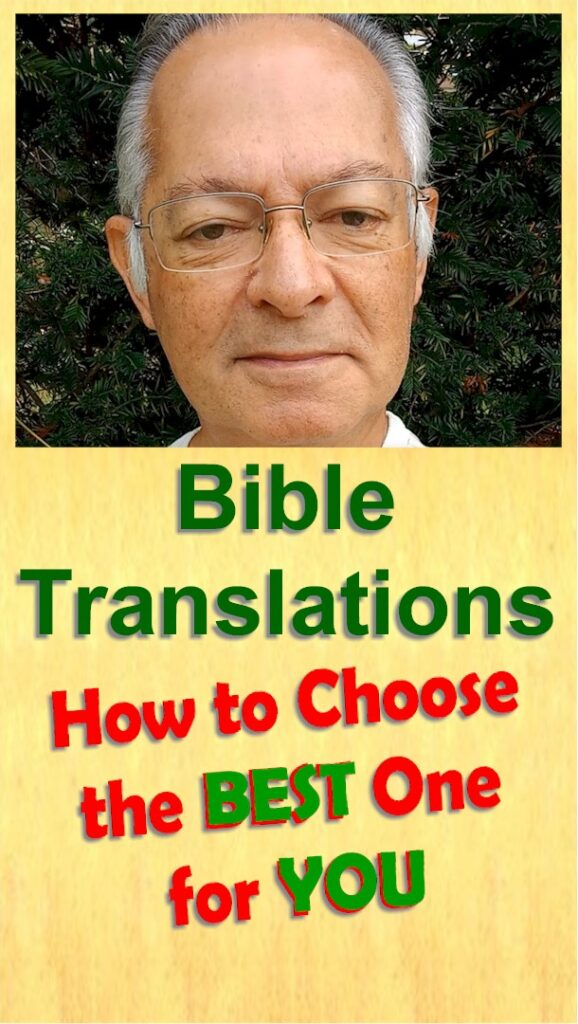
The short answer is none and all. Fifty eminent scholars of the King James version translated Neshama: blast, breath, inspiration, soul, and spirit. FIVE English words for ONE Biblical Hebrew word. All these words are close, but none is closest for this Bible translation.
All scholarly translations have multiple words for one Hebrew word. All translations are close, and all word-for-word translations of the Bible are valid for Bible study.
What is a word-for-word translation versus a sense-for-sense Bible translation?
Take Genesis 2:7 in the King James Version, word-for-word.
And the LORD God formed man of the dust of the ground, and breathed into his nostrils the breath of life; and man became a living soul.
In the Contemporary English Version, sense-for-sense translation.
The LORD God took some soil from the ground and made a man. God breathed life into the man, and the man started breathing.
Dust becomes soil, and the words and concepts “breath” and “soul” are missing. Strong’s Concordance shows us the KJV is word-for-word.
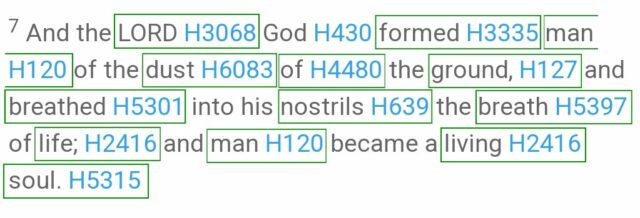
Word-for-word translations are closer to the original Hebrew and Greek.
What’s a literal versus a meaning-based Bible translation? Take Job 32:8
King James Literal translation:
But there is a spirit in man, and the inspiration of the Almighty gives him understanding.
Now, the Contemporary English Version Meaning translation.
Now I truly realize wisdom comes from God.
The KJV Literal version follows the Hebrew as witnessed by Strong’s Hebrew numbers, which correspond to each of the main English words. Whereas the Meaning-based translations give the sense or idea behind the words and phrases.
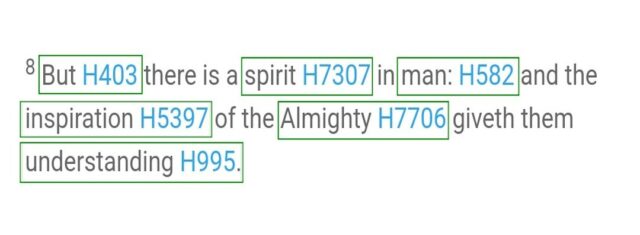
The Literal Bible translation is closer to the original Hebrew and Greek.
What’s the use of a sense-for-sense Bible translation?
They give the meaning of the whole sentence. They’re good for readability. The idea is to communicate meaning. These versions paraphrase the original text to give you an overall story flow.
If you’re looking for a quick read, easy understanding, and smoothness of vocabulary, then sense-for-sense translations are for you.
These are good for younger audiences who want to get a feel for the Bible.
The Explanation does not recommend a sense-for-sense Bible translation for in-depth Bible study.
3 Bible Translation Types. The one you must own.
1. Formal Equivalent
It’s a literal rendering of the original language presented in the original word order, one translated word for one original word.
2. Dynamic Equivalent
This is thought-for-thought. It’s a happy medium between the first literal type and the third colloquial expression.
3. Functional Equivalent
It’s a meaning-based paraphrase with contemporary language. Rewording the original using the phrases of the translator.
For in-depth Bible study you definitely want a word-for-word, literal Bible translation. The Bible translations to avoid contain paraphrased contemporary language.
The Definitive Bible Translations List according to translation types
There are many versions of the Bible in each category; the following translations give you a good choice. Ages are indicated as indicative of readability.
1. Word-for-word. Literal
a. King James Version – 19
b. New American Standard Bible – 16
c. English Standard Version – 15
2. Thought-for-thought. Meaning-based
a. New International Version – 13
b. New English Translation – 12
c. New Living Translation – 11
3. Paraphrase. Colloquial
a. Good News Translation – 10
b. The Message – 9
c. New International Readers Version – 8
The Explanation recommends the word-for-word category.
The 4 Best Bible Translations to Reach the Original Meaning of God’s Word
1. King James Version
It’s word-for-word translation that follows the grammatical word flow.
Published in 1611, its handicap is the archaic Language
2. English Standard Version
When one Hebrew or Greek word is used multiple times in Scripture, the ESV, as much as possible. uses the same English word to render the original. This is called “concordance.”
Published 2001.
3. New American Standard Bible
Also makes concordance a priority
It is a conservative translation in modern English Published in 1971.
4. New King James Version
It is a modernization of the 1611 KJV
It preserves the KJV’s dignified style and word and phrase order
The Explanation recommends the King James Version Bible translation.
The One and Only best Bible translation to reach the God-intended meaning of Scripture.
It’s the King James Version word-for-word translation where ONE Hebrew word corresponds exactly to ONE English word.
The English and Hebrew CONCORD, that’s why we use Strong’s CONCORD(ance).
2 Examples that need in-depth Bible Study:
1st Translation Anomaly
One Hebrew word has multiple English words.
– Chai, Strong’s H2416 is translated living thing and beast. Check it at UnlockBibleMeaning.com
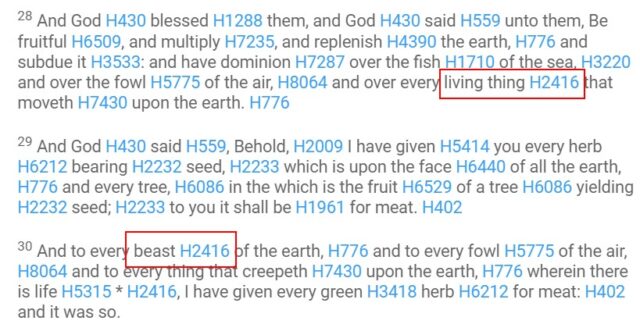
2nd Translation Anomaly
One English word for multiple Hebrew words.
– ‘Breath(ed)’ from Strong’s H5301, ‘nafach’, and H5397, ‘neshama.’

These anomalies beg for answers via in-depth Bible study with the King James Version and the Bible tools.
The Ultimate Bible Translation with its treasures you must know.
It’s the King James Bible word-for-word translation where one Hebrew word corresponds exactly to one English word clearly visible in the Hebrew Interlinear Bible, where each Hebrew word has its counterpart English translation directly underneath it. Also, notice the corresponding Strong’s number at the top.
The KJV is a literal or formal equivalence translation where the English is in accordance with the Hebrew meaning.
Another important aspect is the English phrases follow precisely the order of the Hebrew: The Lord God | formed man | of the dust of the ground | and breathed into his nostrils | the breath of life | and man became | a living being.
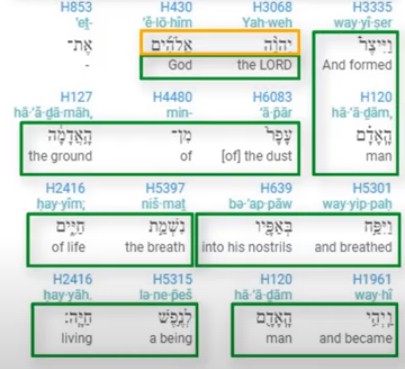
King James Bible’s Imperfections Exposed: 2 Major Flaws
The 1611 King James Version of the Bible is the best translation. But does it have imperfections? Yes, it does, and here are two,
- Added Words for Readability
In Genesis 1:10, God called the dry land Earth. In the King James, the word ‘land’ is in italics, indicating it’s been added.
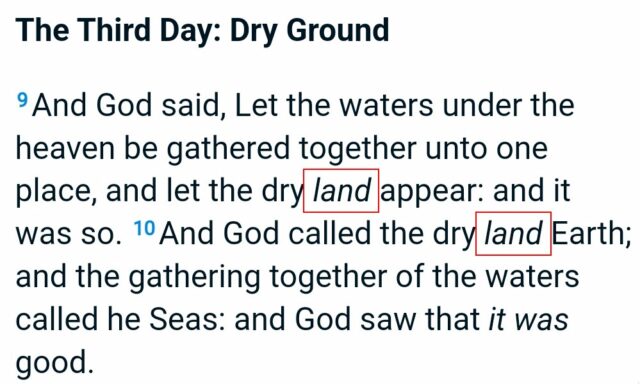
2. The King James omits certain words
In Genesis 1:30 it says, “every thing that creepeth upon the earth, wherein there is life…” Checking Strong’s, there’s an asterisk, H2416, IN the original text, but missing in the KJV. Verifying this in the Interlinear Bible, we see that it’s ‘nefesh chaya,’ or ‘living soul.’

These additions and omissions definitely need in-depth Bible study.
Is the King James Bible Biased? Absolutely! So are You and I.
King James of England ordered his translation of the Bible because he disagreed with the commentaries in the former Geneva Bible. He didn’t like how the King was represented as a tyrant and that the Bible was too puritanical.
Sure, it’s biased, but you know what. God is biased, too. God is a jealous God.
In-depth Bible study means going beyond any biases and searching for the God-intended meaning of Scripture.
Each Bible translation is made because the author feels all the other translations are biased. We must go beyond all these partisan translations and interpretations.
The King James Version of the Bible, with its imperfections and biases, is still a word-for-word, phrase-for-phrase translation, the BEST for in-depth Bible Study.
Why should we seriously study the Bible?
There are many reasons, but the Bible answers the big questions in life.
It tells about the origin of the universe and the incredible planet Earth we inhabit. The origin of humankind: man, woman, children, and family.
It gives us an audit of the universe and earth and tells us why it’s in its present confused situation. The Bible reveals the state of humankind and the social situation we find ourselves in today.
It explains the agony and anxiety of our planet, but it also gives the antidote for a better way of life.
Serious Bible study of the first three chapters in Genesis reveals the answers to the major questions in life.
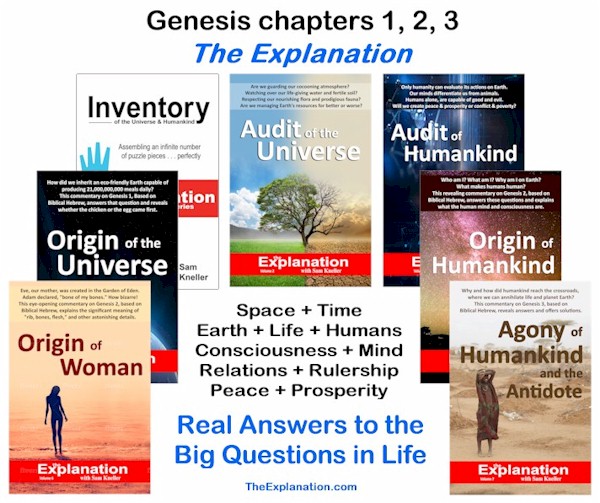
Genesis 1-3 reveals real answers to the big question. The Bible is relevant to the 21st century.
Dig Deeper into The Explanation
Online Study Courses to Uncover the Mystery of Adam and Eve’s Nakedness… with no fuss. Free video mini-course revealing the God-intended meaning of Scripture via Biblical Hebrew. It’s so easy, it’ll blow you away. Join now and add new motivation to your Bible study.
Join The Explanation Newsletter to stay informed of updates. and future events. No obligations, total privacy, unsubscribe anytime, if you want.
The Explanation series of seven books. Free to read online or purchase these valuable commentaries on Genesis 1-3 from your favorite book outlet. E-book and paperback formats are available. Use this link to see the details of each book and buy from your favorite store.

Since you read all the way to here… you liked it. Please use the Social Network links just below to share this information from The Explanation, Bible Translations. All You Need to Know to Choose the Best One for You

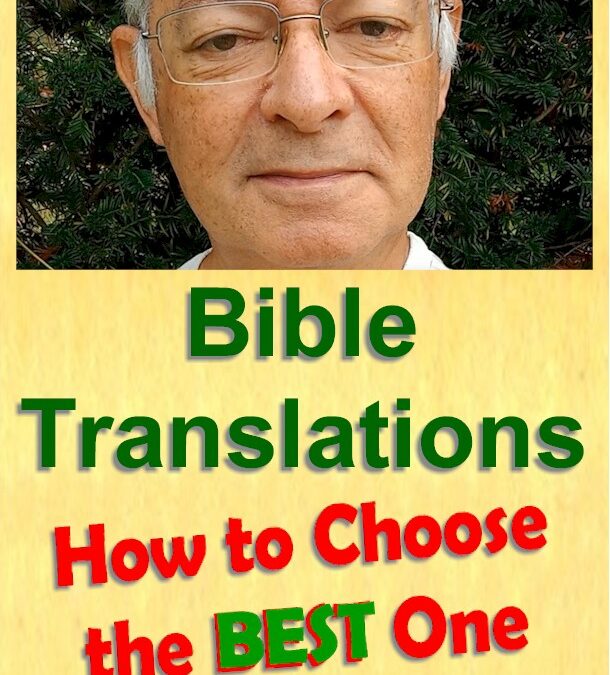
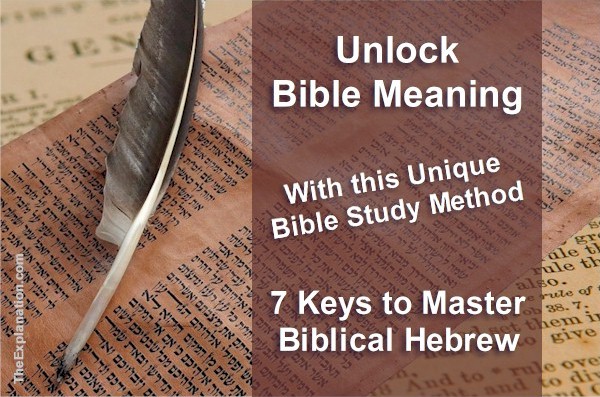
Trackbacks/Pingbacks